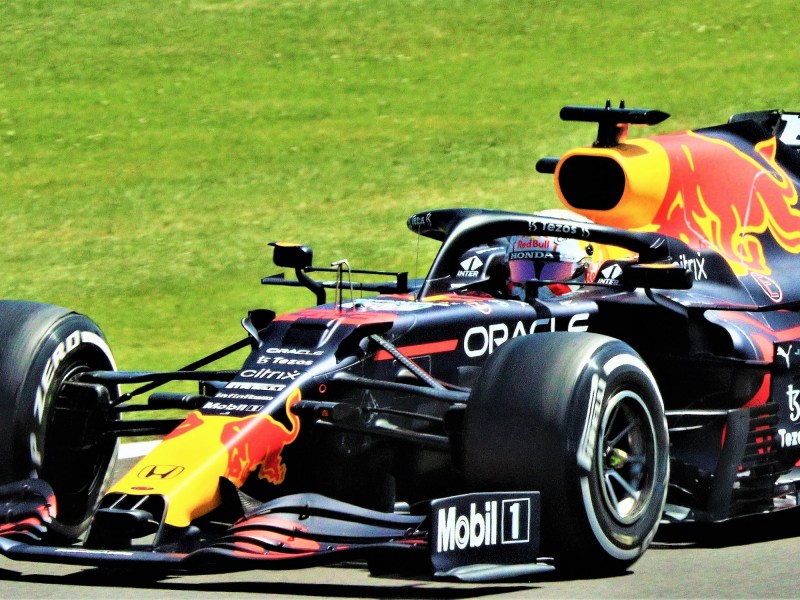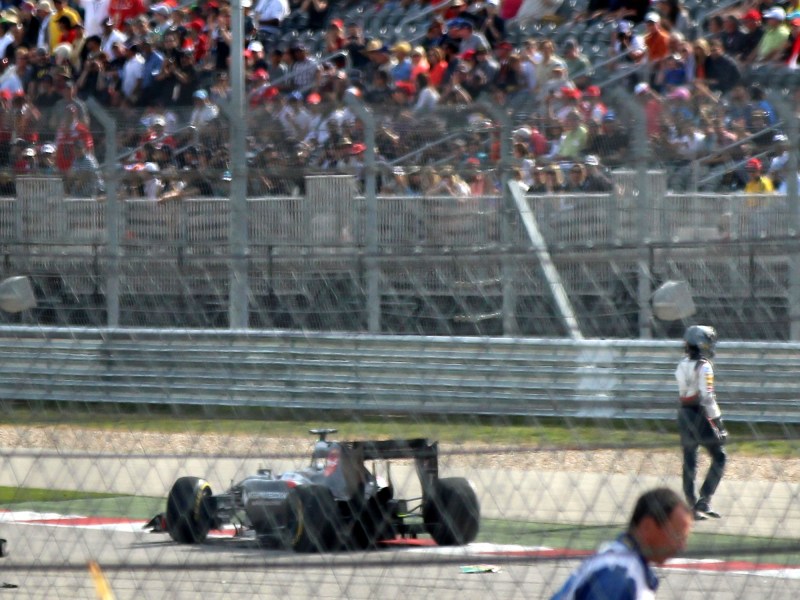
Without the FIA’s rules and regulations, F1 racing and most other organized motorsports could not exist. Casual assurances that “rules are made to be broken” or “winners don’t play by the rules” simply wouldn’t hold in the highly competitive, expensive, and dangerous world of Formula 1 races.
The Federation Internationale de l’Automobile (FIA) establishes and maintains regulations for most motorsports, including F1. Since its inception in 1904, the FIA has focused on keeping automotive competition fair and safe.
The FIA publishes three sets of F1 regulations each year. Annual updates are necessary because F1 racing is a constantly evolving motorsport that capitalizes on new technologies, materials, and methods. The FIA adds, drops, and modifies regulations as it sees necessary to keep up with technologies and to fulfill its mission.
For each F1 season, the FIA creates separate documents of F1 technical, sporting, and financial regulations. The FIA also publishes early drafts of F1 regulations for future years when the governing body anticipates significant changes will be necessary. For example, because F1 race car power units must meet new standards for the 2026 season, the FIA has already published the first version of 2026 technical and sporting regulations that account for the new power units.
The three sets of 2023 F1 regulations comprise 338 pages. Sections in each document that could be subject to interpretation attempt to avoid variances by going into intense details about how matters are handled under various conditions. We touch on a few of the significant considerations from each of the F1 regulations documents below. If you’d like more comprehensive information, the complete set of F1 regulations is available for download from the FIA.

FIA F1 sporting regulations
The FIA Formula 1 sporting regulations for 2023 include the rules and requirements that govern races, teams, and drivers. Key focus areas include race schedules and formats, championship points allocation, safety requirements, and what drivers and teams can and cannot do with cars, tires, and other equipment.
Race weekend format
F1 race weekends follow standard sets of events with two different formats. The rules for the 2023 season specify a maximum of 24 race weekends, up to 6 of which may include a shorter sprint race on Saturday, in addition to the main event, the Grand Prix race on Sunday. The number and order of events are defined in the sporting regulations.
F1 championship points system
F1 drivers and teams compete for two titles: the World Drivers Championship for the driver accumulating the most championship points during the entire season and the World Constructors Championship for the team with the most points. The sporting regulations include the specifics on how drivers and teams win points.
F1 driver and team conduct
The sporting regulations also include rules for drivers, pit crews, and other F1 team members. The rules cover on-track behavior, such as overtaking and defending positions, and the penalties for infractions. The regulations also cover pit stops, team orders, and additional rules covering team operations during a race weekend.

FIA F1 technical regulations
The FIA Formula 1 technical regulations for 2023 focus primarily on the design and construction of F1 cars, dictating what is and isn’t allowed regarding vehicle technology and engineering. The technical regulations cover all structural components, mechanical, electrical, and electronic systems, and restrictions on testing and development.
Power unit and hybrid energy systems
The technical regulations include specifications for the power unit, consisting of the internal combustion engine, energy recovery systems, and the deployment of electrical power. These regulations also dictate aspects like fuel flow limits and energy storage capacity.
Driver protection safety standards
Driver safety is paramount in F1 racing. The technical regulations include requirements for the survival cell, crash structures, cockpit dimensions, the Halo device, side impact structures, and other vehicle components that protect drivers in various crash scenarios.
F1 race car weight and dimensions
As is the case with many sports, F1 racing has weight limits. In F1 racing, the minimum weight for race cars is 798 kilograms or 1,759 pounds. The weight of an F1 race car includes the weight of the driver and any gear and equipment. F1
The FIA regulations don’t specify a length limit, but most are approximately 5.5 meters long (216 inches). For comparison, the 2023 Chevrolet Tahoe and Suburban are 210 inches and 225 inches long, respectively.
F1 cars have gotten larger since the first season in 1950. Larger

FIA F1 financial regulations
The FIA Formula 1 financial regulations promote fair competition and financial sustainability within the sport. The F1 team budget cap, also called the cost cap, accounts for most financial regulations and is a relatively new factor in the sport. The FIA first instituted the cost cap for the 2021 season. Without a cap on team budgets, the FIA was concerned that teams with the most significant financial resources would take over the sport, and in the long run, may kill F1 racing because it would no longer be competitive.
The F1 team budget cap
The cornerstone of the financial regulations is the budget cap, which limits the total expenditure teams can incur during a season. This cap is designed to level the playing field by restricting how much teams can spend on car development and performance. The regulations specify the season’s cost cap, including how the cap may be raised or lowered, depending on the number of scheduled races.
Budget cap adjustments, allowances, and excluded expenses
In addition to the number of races in a season, the regulations include extensively detailed provisions for cost cap adjustments. Costs typically excluded from the cap include driver salaries, the salaries of the top three personnel in the team, marketing, financing, legal, and human resource costs, plus any fines or penalties paid to the FIA.
Sustainability and environmental initiatives
In addition to financial stability, the FIA is committed to environmental sustainability. F1 teams can exclude costs for sustainability initiatives from their budget cap. Examples of sustainability initiatives include salaries and other employee costs attributed to sustainability objectives, including nonemployee specialists, feasibility study, expenditures of solar, wind, and geothermal power equipment, bio-fuel expenses, donations to charities engaged in environmental sustainability, and more.



